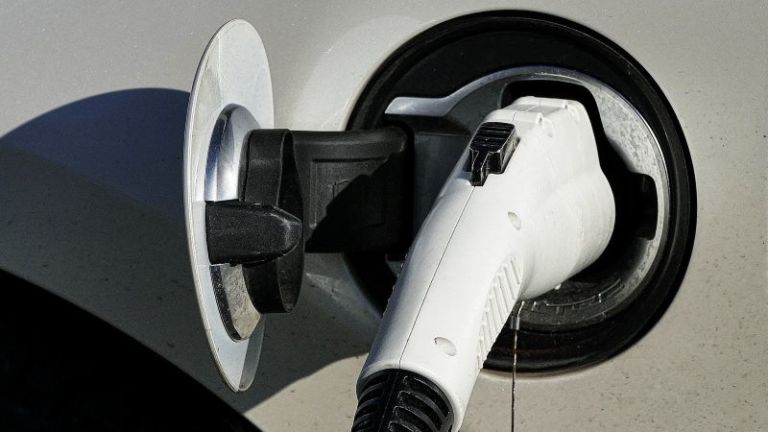New electric car registrations tripled since start of year

In April, 50,839 new electric vehicles were registered in Germany. At 395 percent, the increase is particularly high, partly because of the rather weak month in the previous year. In the first four months, 193,696 new electric vehicles hit the roads. The number has thus tripled compared with the same period last year (plus 209 percent). The share of the total market rose to 22 percent. This included 88,510 battery-powered electric cars (up 189 percent) and 105,035 plug-in hybrids (up 228 percent).
Reinhard Zirpel, President of the Association of International Motor Vehicle Manufacturers (VDIK), emphasized: “Following the electric boom in 2020, it is now becoming more and more natural for customers to purchase an electric vehicle. With 22 percent of the total market share, more than one in five new cars has been an e-vehicle so far. We expect this share to remain at least stable or even increase slightly over the course of the year.”
The VDIK regularly updates the list of electric vehicles from international manufacturers. The VDIK member companies currently offer around 120 electric models (passenger cars and commercial vehicle models) that customers can order in Germany. The VDIK electric list can be accessed here.
Demand for vehicles with alternative drives also increased in the first four months. There were 336,063 new electric cars, hybrids with and without plugs, mild hybrids and gas passenger cars registered. That’s an increase of 141 percent. In April, 89,383 new vehicles with alternative powertrains were registered (up 312 percent). It should be noted that hybrids include a growing number of mild hybrids that cannot drive fully electric. It is not yet statistically possible to distinguish between full and mild hybrids.
In the overall passenger car market, the balance continues to shift toward alternative drive systems. In the first four months, they accounted for 38 percent of the total market. Gasoline engines accounted for 38.5 percent. Less than one in four new cars is a diesel (23.5 percent).
| April | January – April | |||||
|---|---|---|---|---|---|---|
| +/- (%) | +/- (%) | Share of total car market | ||||
| BEV | 23,816 | 414 | 88,510 | 189 | ||
| PHEV including: |
26,988 | 380 | 105,035 | 228 | ||
| PHEV – Petrol | 25,135 | 391 | 95,876 | 237 | ||
| PHEV – Diesel | 1,850 | 276 | 9,154 | 158 | ||
| FCEV | 35 | 46 | 151 | 91 | ||
| Electric Vehicles (total) | 50,839 | 395 | 193,696 | 209 | 22 | |
| HEV including: |
37,106 | 239 | 138,432 | 87 | ||
| HEV – Petrol | 23,221 | 237 | 86,203 | 79 | ||
| HEV – Diesel | 13,885 | 242 | 52,228 | 101 | ||
| CNG | 399 | 40 | 1,605 | -34 | ||
| LPG | 1,028 | 438 | 2,329 | 533 | ||
| Alternative Drivetrains (total) | 89,383 | 312 | 336,063 | 141 | 38 | |
| Petrol | 90,072 | 49 | 341,657 | -19 | 38.5 | |
| Diesel | 50,195 | 24 | 208,358 | -21 | 23.5 | |
Source: KBA, VDIK
Glossar
Elektrofahrzeuge: BEV, PHEV und FCEV
BEV, Batterieelektrisches Fahrzeug, engl: Battery Electric Vehicle
PHEV, Plug-In-Hybrid, engl: Plug-In Hybrid Electric Vehicle
FCEV, Brennstoffzellenfahrzeug / Wasserstofffahrzeug, engl.: Fuel Cell Electric Vehicle
HEV, Hybride ohne Stecker bzw. nicht aufladbar, engl.: Hybrid Electric Vehicle
CNG, Gasförmiges Erdgas, engl: Compressed Natural Gas
LPG, Flüssiggas bzw. Autogas, engl: Liquified Petroleum Gas